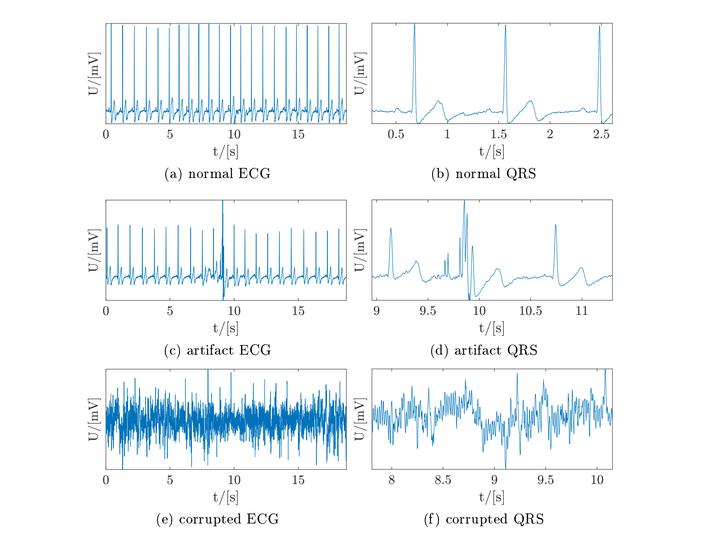
Abstract
This paper presents the idea of brute force feature extraction for Electrocardiography (ECG) signals applied to discomfort detection. To build an ECG Discomfort Corpus an experimental discomfort induction was conducted. 50 subjects underwent a 2 h (dis-)comfort condition in separate sessions in randomized order. ECG and subjective discomfort was recorded. 5 min ECG segments were labeled with corresponding subjective discomfort ratings, and 6365 brute force features (65 low-level descriptors, first and second order derivatives, and 47 functionals) and 11 traditional heart rate variability (HRV) parameters were extracted. Random Forest machine learning algorithm outperformed SVM and kNN approaches and achieved the best subject-dependent, 10-fold cross-validation results (\r=.51). With this experiment, we are able to show that (a) brute force ECG feature sets achieved better discomfort detection than traditional HRV based ECG feature set; (b) cepstral and spectral flux based features appear to be the most promising to capture HRV phenomena.